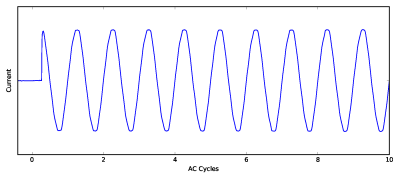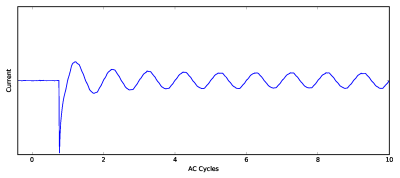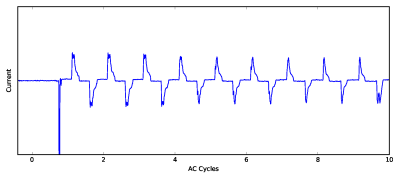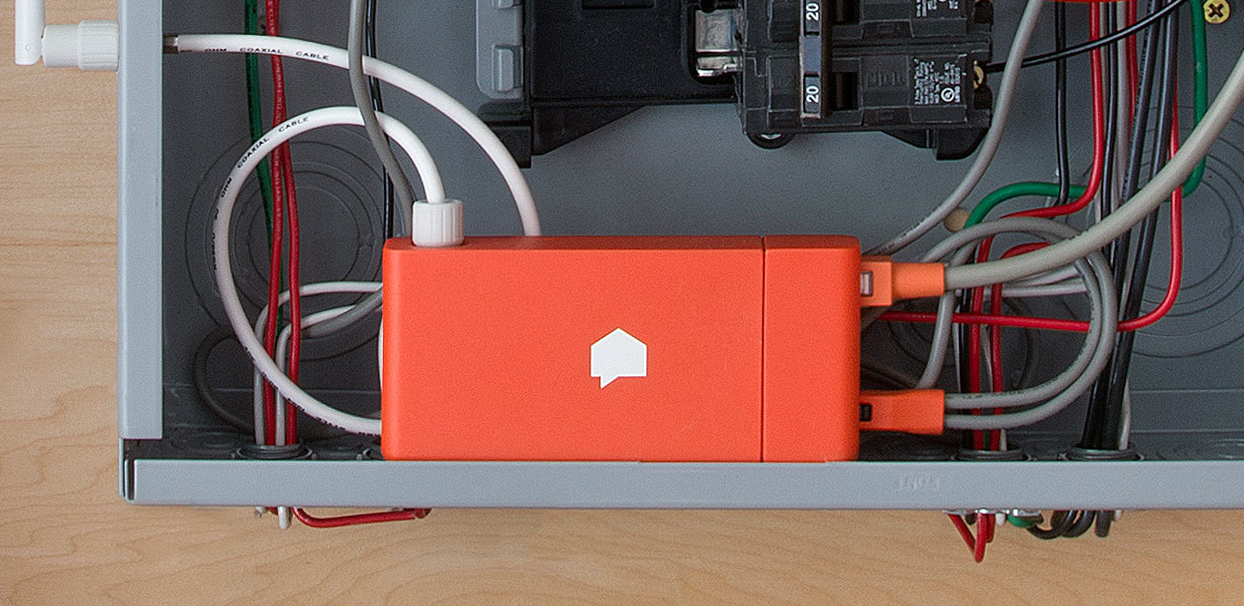The Sense home energy monitor detects devices by making use of the fact that every device plugged into your home’s electrical system has a signature approach to using electricity. Each of these electronic signatures is unique (well, mostly anyway! There may be some cases where two devices use electricity in EXACTLY the same way — but we are finding that is pretty rare).
Let’s say that your toaster, when on, is the only device in your home that uses 1200 watts. If that were the case, Sense could just look for those occasions where your total electrical consumption increased by 1200 watts, and determine that your toaster must have turned on. Then, when your consumption decreased by 1200 watts, Sense could infer that the toaster must have turned off.
If only device detection was that simple! You probably have many things in your home that use 1200 watts, and besides, most of the devices in your home are much more complicated than a toaster.
And, it turns out, even the toaster isn’t so straightforward —the electrical resistance of the heating element in your toaster increases with temperature. This means that as the toaster heats up, the wattage it uses declines, so it’s using less than 1200 watts by the time it turns off. And, to complicate matters even further, if you make more toast right away, it uses less than 1200 watts when it starts back up.
So, how does Sense detect devices? We use more complex signals than just the overall wattage, and the models we use are much more complex than just assuming things turn on and off in simple and consistent ways.
On the signal side, below we show a few waveforms of the current usage of a couple of different devices. Notice that there are tons of details available in these waveforms, which go far beyond simple wattage calculations.
The first image depicts the toaster, which is just a resistive load. This means (based on physics!) that the current is exactly aligned with the voltage with a pretty stable relationship (it does get slightly smaller over time based on the heat/resistance relationship discussed above, but the effect is smaller than you can see in this chart).

Next is an incandescent light bulb. It too is a resistive load, so the current follows the voltage as in the toaster example. But the tungsten filament of the light bulb heats up far more quickly than a toaster, so you can see the current usage dropping over just a few cycles (60 cycles per second, so drop happens over 30-40ms).

The last example is from a CFL light bulb. Notice there is a very sharp spike when it starts – this is caused by a capacitor charging up to power the electronics. Once it starts, the current waveform looks quite different than the nice voltage sine wave. This is very common for electronic devices in your home, and the particular shape of these waveforms and how they startup are important device detection clues for Sense.

Those are just a few examples of one particular signal type. The tough job for our Sense data science team is to map out the entire space of how signatures appear in the signals (and we look at many more types of signals) and then to map those various signals to the complex devices in your home, which consist of combinations of many elements all doing different things in these electrical signals. We have just scratched the surface so far, but we are already starting to recognize many common devices in homes. We have many more devices and features coming soon. Stay tuned!
